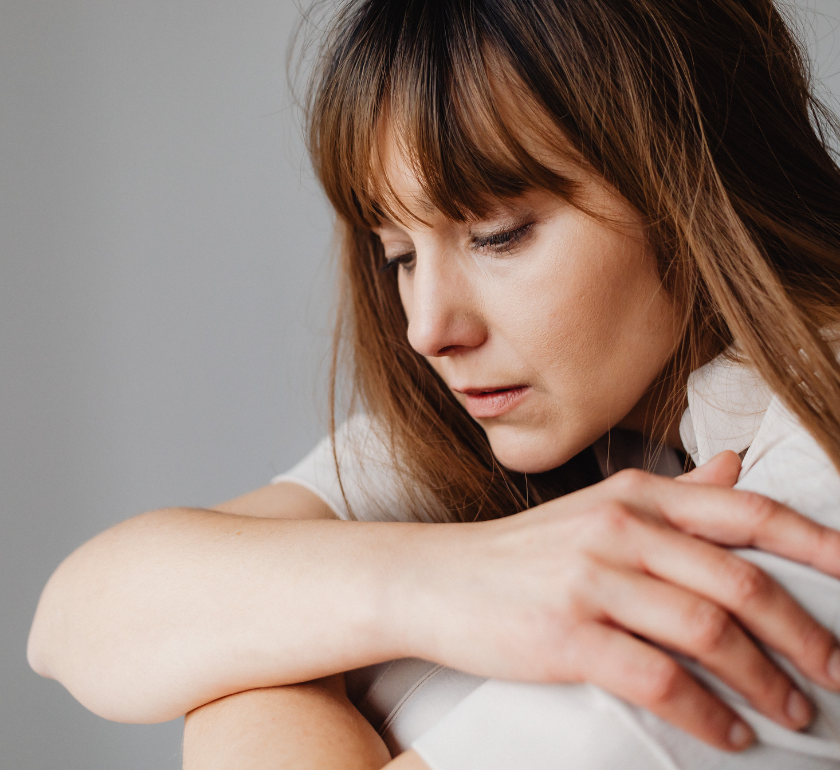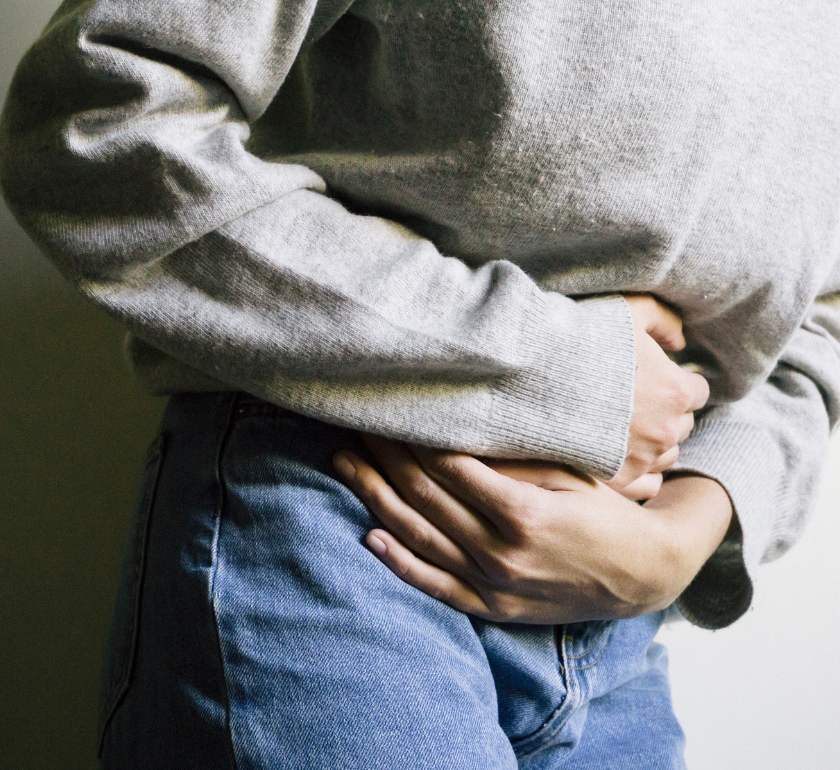What in the world is endometriosis? Perhaps this is a question that’s running through your brain. And the answer is simple yet complex because endometriosis affects everyone differently. That’s why the best way for me to define what endometriosis is will be to share my experience with this debilitating disease.
Page Contents
What is the Definition of Endometriosis?
The definition of endometriosis is an inflammatory disorder in which tissue similar to that found in the uterus grows outside the uterus. As a result, it can be found on organs within the pelvis. For example, the ovaries, fallopian tubes, and bladder are familiar places endometriosis inhabits. Additionally, endometriosis can implant on organs and structures outside the pelvis. This includes the kidneys, bowels, rectum, nerves, and lungs.
Common symptoms associated with endometriosis are:
- Pelvic cramping
- Low back pain
- Vaginal and rectal pain
- Pain with ovulation
- Painful intercourse
- Painful periods
- Irregular periods
- Heavy period flow
- Abnormal spotting in between periods
- Constipation or diarrhea
- Nausea
- Abdominal bloating and distension
What Endometriosis Was Like For Me
As I mentioned earlier, endometriosis affects each person differently. Some sufferers deal with intense pain consistently, while others have no pain. This makes diagnosing and explaining endometriosis difficult.
Before I received surgical treatment, my endometriosis was extremely painful. My symptoms began when I was twelve and started my period. I had painful periods with intense pelvic cramps that felt like contractions. And my menstrual flow was so heavy that I would soak through pads constantly.
My symptoms progressed and worsened as I got older. In my early twenties, I dealt with chronic constipation and GI distress. This made going to the bathroom difficult and led to pain and discomfort when defecating. Additionally, I would experience debilitating vaginal and rectal pain after intercourse. But since I was on the pill, my painful periods had decreased and become more manageable.
However, when I came off the pill in my late twenties to early thirties, my symptoms progressed and became intense. It started with endo flare-ups in which my stomach would become so bloated and distended that I looked pregnant. And it was so painful I couldn’t move. In addition, I would get nauseous and have diarrhea. Sometimes these flare-ups would last for days.
In addition to the flare-ups, I began to have painful ovulation that would cause pelvic cramping and lower back pain. And sometimes, this pain would lead to radiating leg pain. It was painful, and I felt like I was being stabbed and set on fire simultaneously. No medicine could dull the pain, and it would keep me up at night crying.
These symptoms made life hell. There were many times that I had to work while I was in pain. For example, I remember working a shift at a retail job when I had a severe endo flare-up. I could barely stand because my stomach was so bloated and painful. And as my symptoms progressed, the pain became a daily occurrence. Eventually, I was unable to work.
And my pain didn’t just disrupt my life. It also impacted my mental health. Being in severe pain for days at a time made me contemplate ending my life to find relief. And I felt like my life was passing me by, which impacted my self-esteem and made me feel worthless.
Since I didn’t have insurance at the time, I had to pay for my care out of pocket. This created a tremendous financial strain. And it made receiving proper care even more difficult.
How Delayed Diagnosis and Treatment Affected Me
When I was younger, not receiving a proper diagnosis led to serious health issues. Untreated endometriosis led to the two large cysts growing on both ovaries. Consequently, my ovaries were damaged due to scarring and adhesions. My left ovary and fallopian tube were glued to my bowels and had to be removed. My right ovary had to undergo reconstruction due to scarring from the cyst.
Lastly, endometriosis caused my infertility. The cysts, scarring, and adhesions on my ovaries and fallopian tubes made conception impossible. Furthermore, having my left ovary removed and receiving reconstructive work on my right ovary further decreased my fertility.
Why Was I Undiagnosed for So Long?
The main reason my diagnosis took so long was that none of my doctors truly listened to me. Despite sharing the history of endometriosis in my family, none connected the dots. So instead of taking my symptoms seriously, I was offered the pill as a solution.
And while the birth control helped the painful periods, it masked all the other symptoms and left me a ticking time bomb. That’s why when I came off the pill, my symptoms recurred and were so aggressive.
A Complete Picture of What Endometriosis Is
While I can’t get into the science of endometriosis, I can share a first-person account. Having lived with this condition, I can tell you that it’s painful, damaging, and not taken as seriously as it should be. Endometriosis is more than a textbook definition and list of symptoms. It’s an actual disease with severe consequences on a person’s health and well-being. That’s why listening to the stories of people with endometriosis is the best way to understand what it is.









